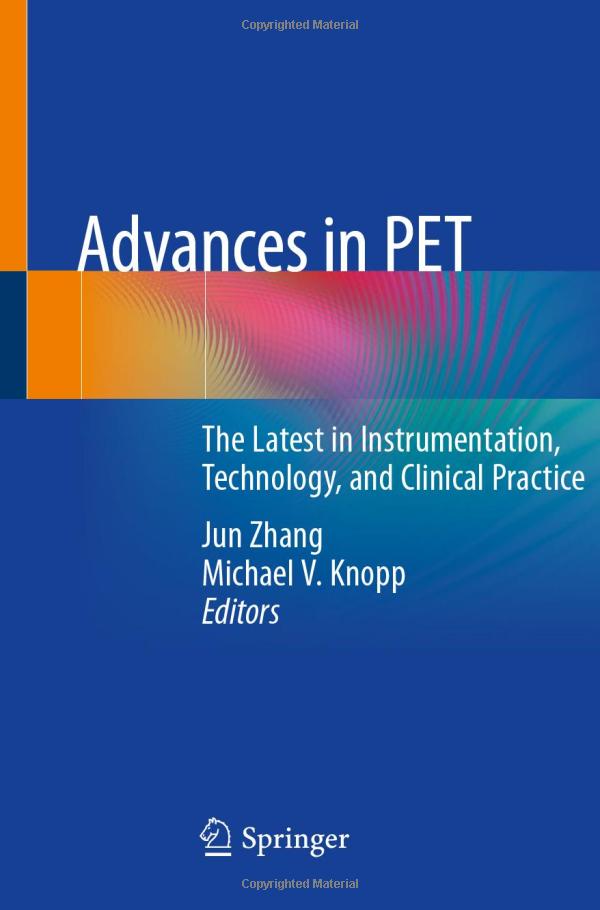Understanding the ASPCA Pet Insurance Waiting Period: What You Need to Know
Guide or Summary:What is the ASPCA Pet Insurance Waiting Period?Why is the Waiting Period Important?How to Prepare for the Waiting PeriodWhen considering pe……
Guide or Summary:
- What is the ASPCA Pet Insurance Waiting Period?
- Why is the Waiting Period Important?
- How to Prepare for the Waiting Period
When considering pet insurance, one of the most crucial aspects to understand is the ASPCA Pet Insurance waiting period. This waiting period is the time frame during which your pet is not covered for certain conditions after you purchase the policy. Knowing how this waiting period works can help you make an informed decision and ensure that your furry friend receives the best care possible without unexpected costs.
What is the ASPCA Pet Insurance Waiting Period?
The ASPCA Pet Insurance waiting period is essentially a buffer time that allows the insurance company to assess the health status of your pet before coverage begins. Typically, there are three types of waiting periods to be aware of: the accident waiting period, the illness waiting period, and the orthopedic waiting period.
- **Accident Waiting Period**: This is usually the shortest waiting period, often around 14 days. If your pet suffers an accident during this time, claims may not be covered.
- **Illness Waiting Period**: This period generally lasts about 14 days as well. If your pet develops an illness during this time, such as an infection or a chronic condition, you might not be able to claim it.

- **Orthopedic Waiting Period**: This waiting period can be longer, often up to 6 months. It is particularly important for pets that may have pre-existing conditions related to bones or joints.
Understanding these different waiting periods is essential, especially if you have a pet that is prone to accidents or health issues.
Why is the Waiting Period Important?
The ASPCA Pet Insurance waiting period serves several purposes. Firstly, it helps to prevent fraud. Insurance companies need to mitigate risks associated with pre-existing conditions that could lead to immediate claims. Secondly, it allows the insurance provider to evaluate the overall health of your pet. By implementing a waiting period, they can ensure that new policyholders are not taking advantage of the system by purchasing insurance only when their pet is already sick or injured.
How to Prepare for the Waiting Period
While waiting for coverage to kick in, it’s essential to prepare. Here are some tips:

1. **Regular Vet Visits**: Ensure your pet has regular check-ups. This will help catch any potential health issues early, which is crucial before the waiting period ends.
2. **Maintain a Healthy Lifestyle**: Feed your pet a balanced diet, exercise regularly, and keep them mentally stimulated. A healthy pet is less likely to develop issues that could lead to claims during the waiting period.
3. **Understand Your Policy**: Read through your ASPCA Pet Insurance policy thoroughly. Understanding what is and isn’t covered during the waiting period can save you from unexpected bills.
4. **Emergency Fund**: Consider setting aside an emergency fund to cover any unexpected veterinary costs that may arise during the waiting period.

In summary, understanding the ASPCA Pet Insurance waiting period is vital for any pet owner considering insurance. By knowing what to expect and how to prepare, you can ensure that your pet receives the best care possible without the burden of unexpected costs. Always remember to consult your policy documents and speak with your insurance agent if you have any questions or concerns. With the right preparation, you can navigate the waiting period with confidence, ensuring that your furry friend is protected when it matters most.